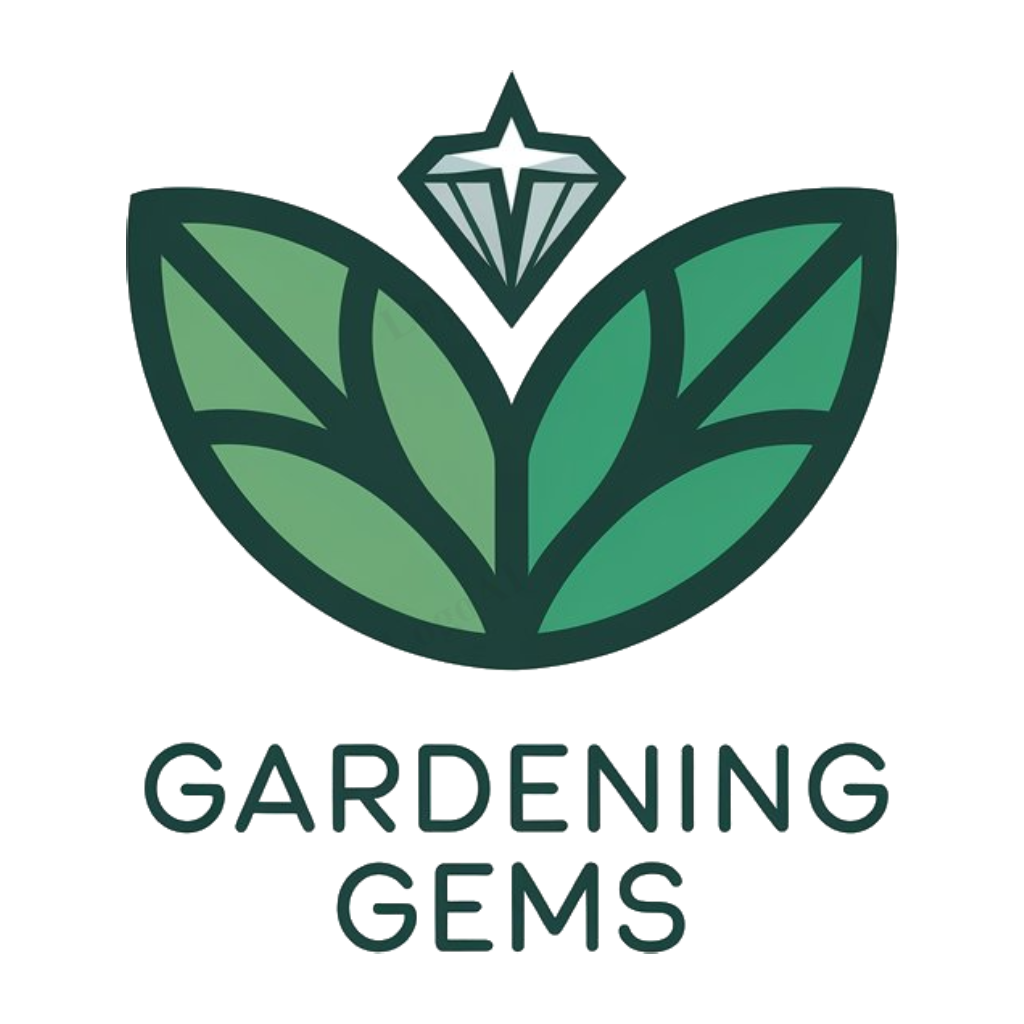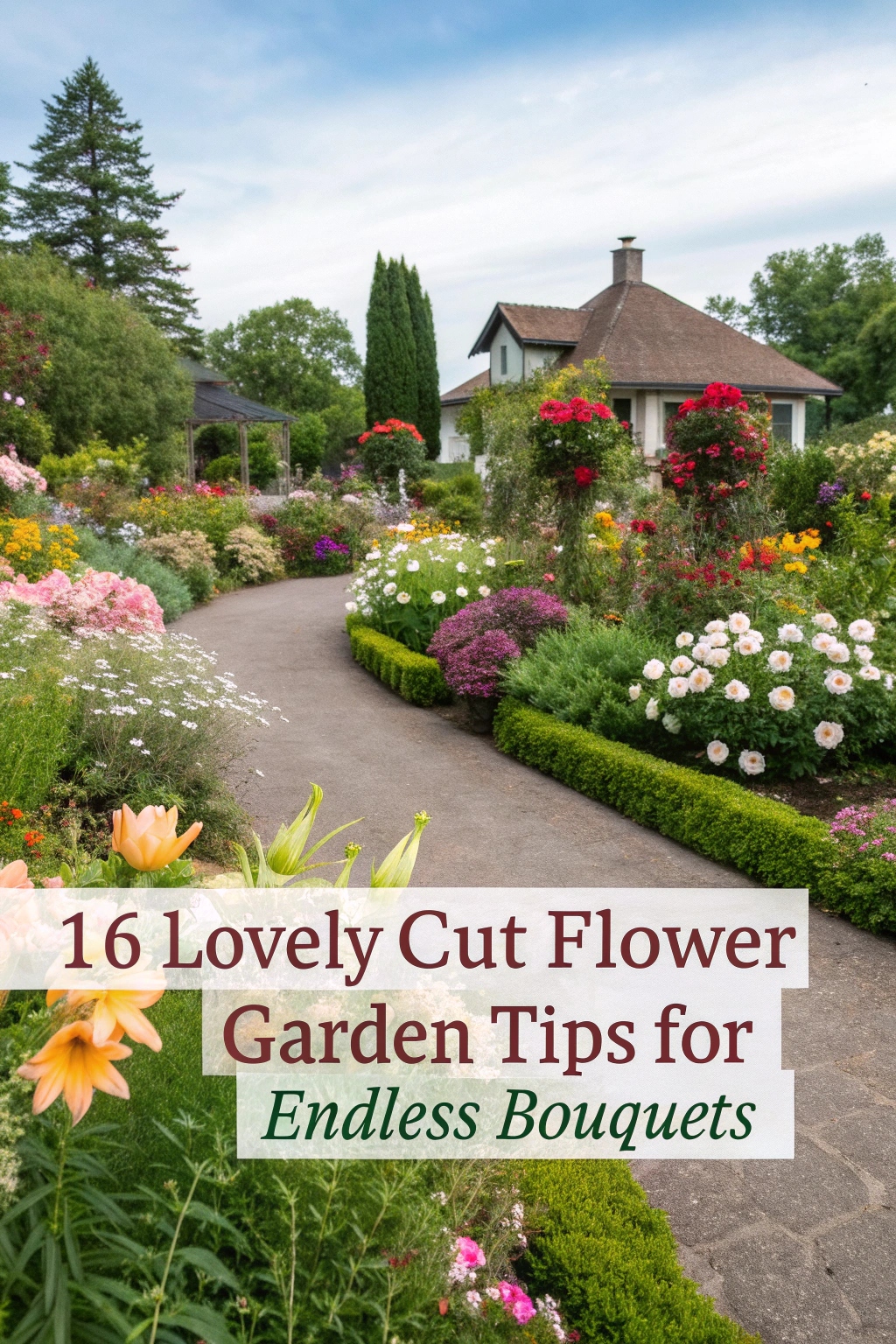Creating a cut flower garden is a great idea. You will get to choose the perfect location and select many different types of flowers. This will help you grow many beautiful blooms that you can use to make lovely bouquets.
You will learn how to prepare the soil and take care of your flowers so they keep growing and looking nice. With a little practice, you can have a garden full of colorful flowers that you can pick and arrange in bouquets anytime you want. This will be a fun and rewarding project that you can enjoy all year round.
Choosing the Right Location for Your Cut Flower Garden

To establish a thriving cut flower garden, select a location with full sun and well-draining soil. The area should receive at least six hours of direct sunlight and be protected from strong winds. Guarantee the site has access to a water source and is close to a location for easy harvesting and maintenance, ideally with a level or gently sloping terrain.
Selecting a Variety of Flowers for Continuous Blooming
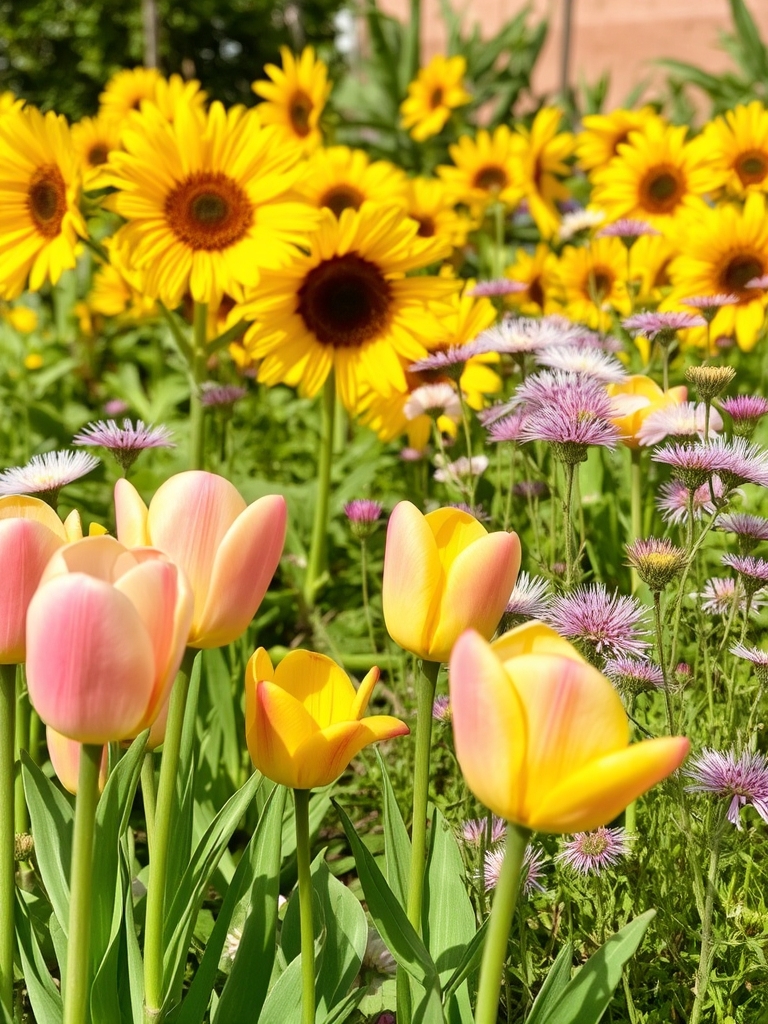
To achieve continuous blooming, select a variety of flowers with different bloom times, such as spring-blooming tulips, summer-blooming sunflowers, and fall-blooming asters. This mix guarantees a constant supply of fresh flowers throughout the growing season, providing a vibrant display of colors and textures in your cut flower garden.
Preparing the Soil for Optimal Flower Growth
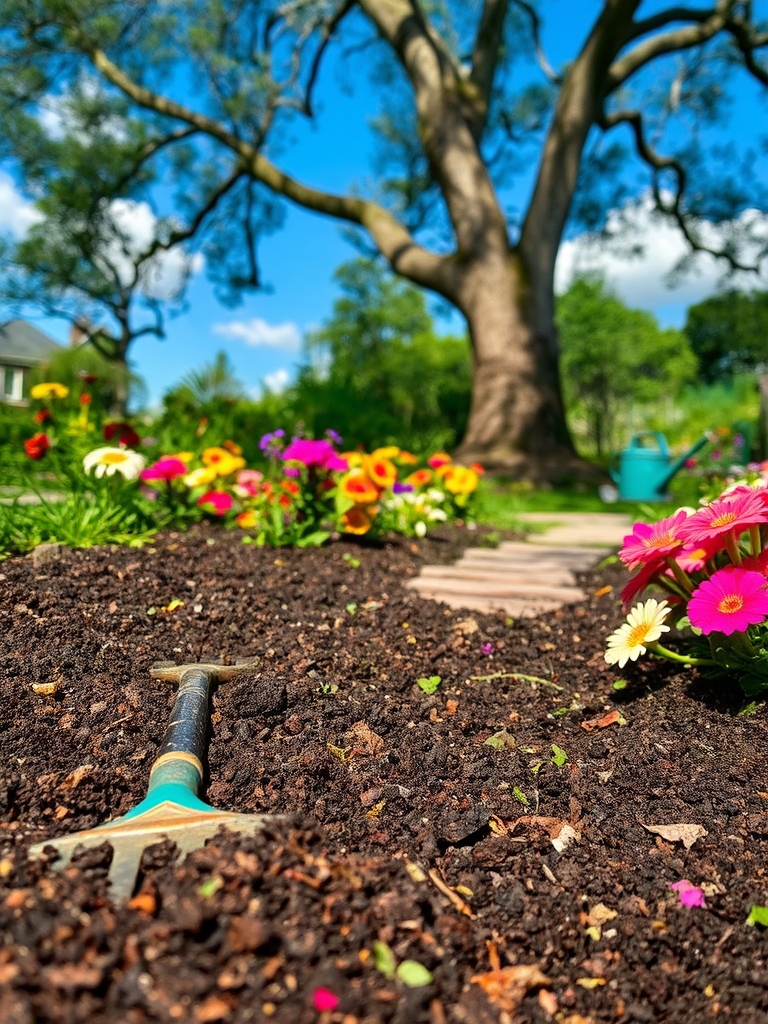
To prepare the soil for optimal flower growth, add organic matter like compost or manure to improve soil structure and fertility. Test the pH level and adjust it according to the flower’s requirements. Remove debris and till the soil to a depth of 8-10 inches to create a well-draining and aerated bed for roots to thrive.
Creating a Colorful and Textured Garden Design
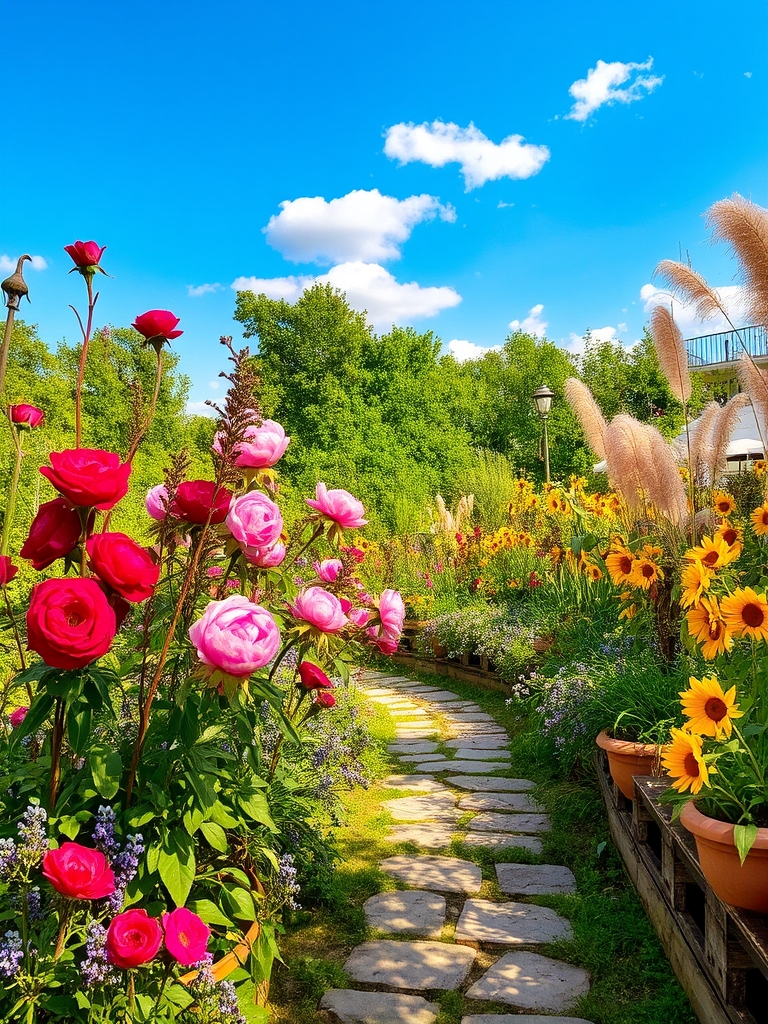
To create a colorful and textured garden design, combine flowers of varying heights, bloom times, and hues. Incorporate plants with different foliage textures, such as smooth leaves and feathery plumes, to add depth and visual interest. This mix of colors and textures will attract pollinators and create a stunning cut flower garden.
Planting a Mix of Annuals and Perennials for Year-Round Interest

Planting a mix of annuals and perennials guarantees year-round interest in your cut flower garden. Annuals provide a burst of color and bloom quickly, while perennials offer long-term structure and recurring blooms. This combination allows for constant change and variety, keeping your garden engaging and fresh throughout the seasons.
Understanding the Different Types of Cut Flowers
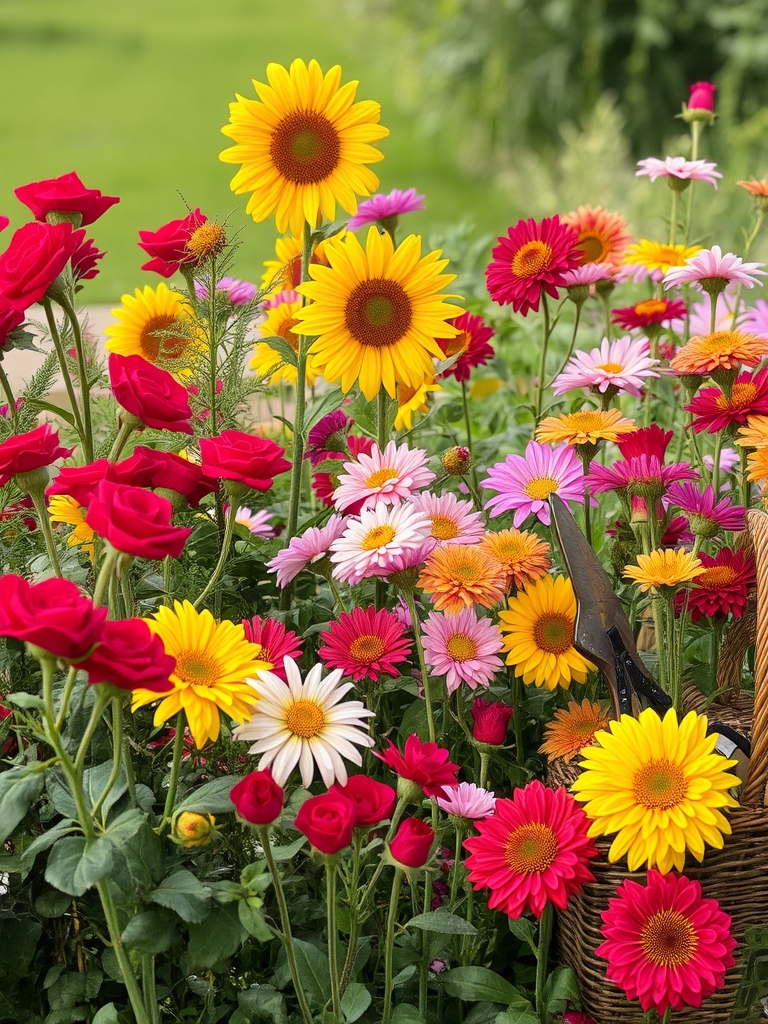
Understanding the different types of cut flowers is essential for a successful cut flower garden. Annuals, perennials, and bulbs each have unique growth habits and blooming periods. Familiarizing yourself with various flower types, such as roses, sunflowers, and dahlias, will help you create a diverse and thriving garden that provides a constant supply of fresh cut flowers throughout the season.
Growing Flowers in Containers for Added Flexibility
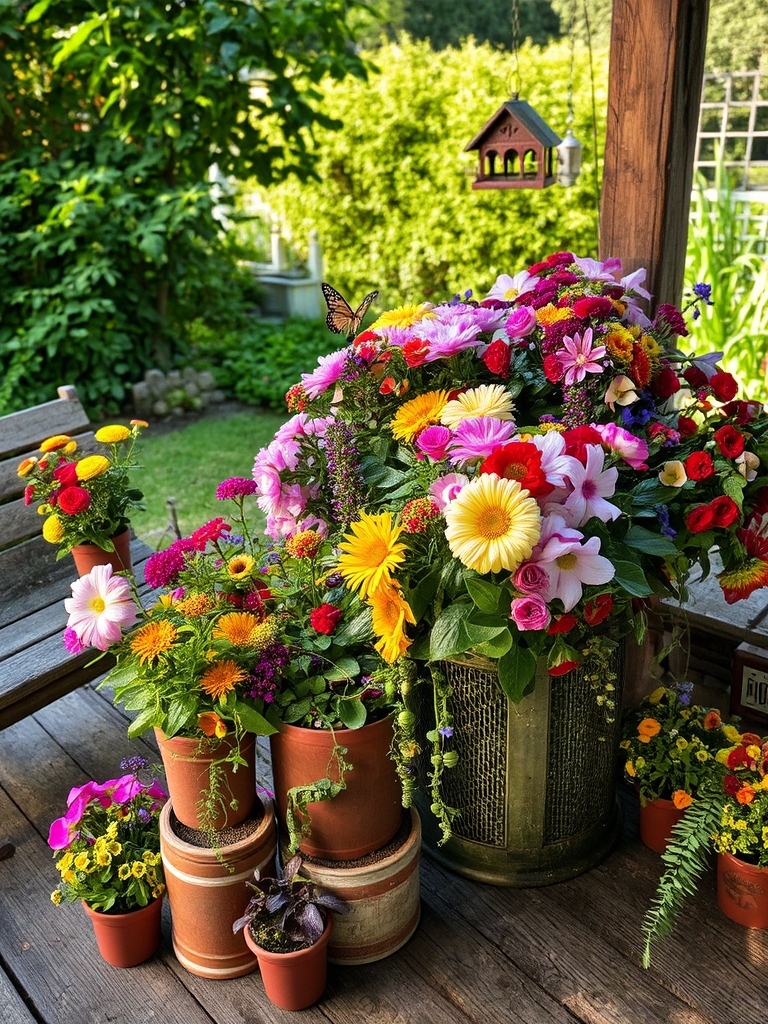
Growing flowers in containers offers added flexibility to your cut flower garden, allowing you to move plants to different locations for ideal sunlight and care. This method also enables you to make the most of small spaces, such as balconies or patios, and to extend the growing season by bringing plants indoors during harsh weather.
Maintaining the Perfect Balance of Sun and Shade
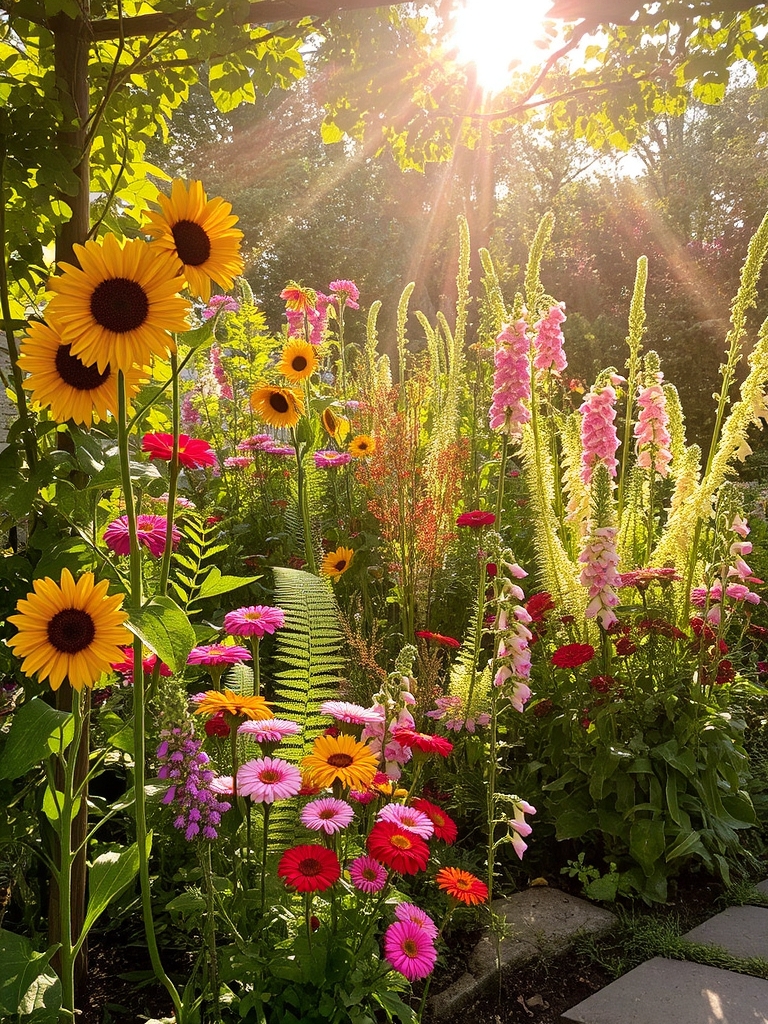
To maintain the perfect balance of sun and shade in a cut flower garden, choose a location with morning sun and dappled afternoon shade. This balance promotes healthy growth and prevents scorching. For sun-loving flowers, guarantee at least six hours of direct sunlight, while shade-loving varieties thrive in partial shade with indirect sunlight.
Watering and Irrigation Techniques for Cut Flower Gardens
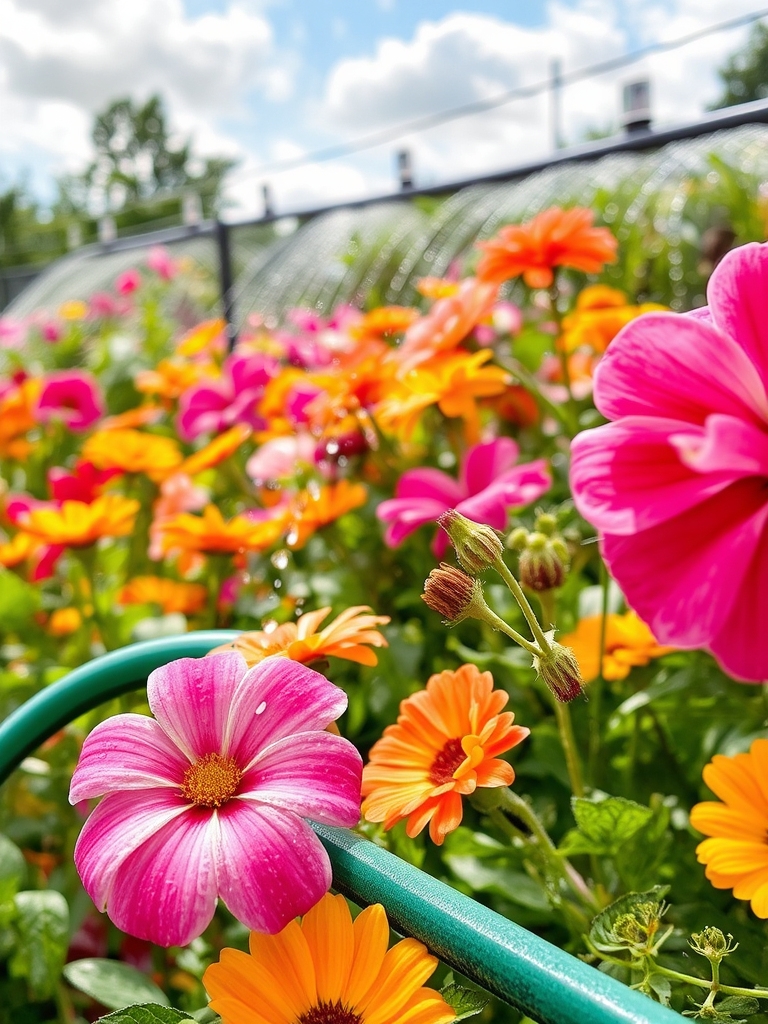
Proper watering and irrigation techniques are essential for a cut flower garden. Consistent moisture promotes healthy growth and blooming. Soaker hoses and drip irrigation systems help conserve water and reduce evaporation. Avoid overhead watering to prevent fungal diseases, instead watering at the base of plants to encourage deep root growth.
Fertilizing Your Cut Flowers for Maximum Blooms

Fertilizing your cut flowers is vital for maximum blooms. Use a balanced fertilizer with equal nitrogen, phosphorus, and potassium levels to promote healthy growth and blooming. Apply the fertilizer according to the product’s instructions, taking care not to overfertilize, which can damage the plants and reduce blooming. Regular fertilization will encourage more blooms and longer vase life.
Deadheading and Pruning
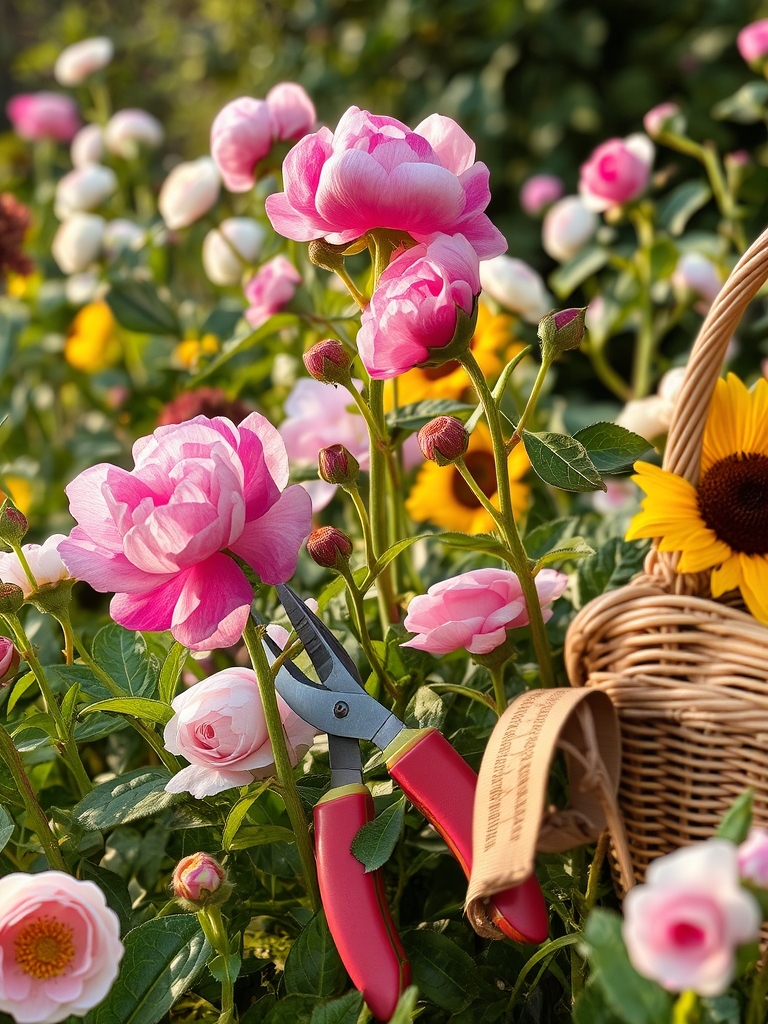
Deadheading and pruning encourage plants to produce more blooms, extending the flowering period. Regular removal of spent flowers and trimming back stems promotes healthy growth, preventing seed production and redirecting energy towards blooming. This technique helps maintain a vibrant and lush cut flower garden, maximizing the bloom period and overall appearance.
Deadheading and Pruning for Prolonged Blooms
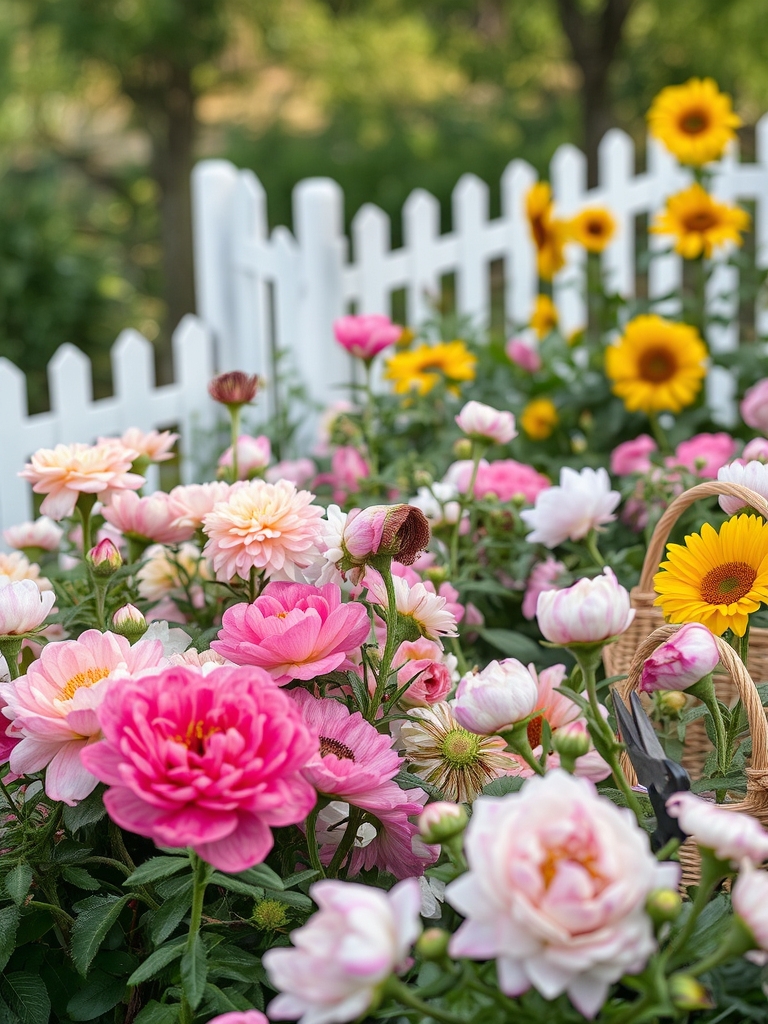
Deadheading and pruning are essential for encouraging prolonged blooms in a cut flower garden. Regularly removing spent flowers, known as deadheading, promotes the plant to produce more blooms. Pruning also helps to maintain shape, encourages bushy growth, and increases flower production, resulting in a more abundant and longer-lasting display of colorful blooms.
Supporting Tall Stems and Plants in Your Garden

Provide support for tall stems and plants to prevent them from toppling over in the wind. Use stakes, trellises, or cages to keep them upright and secure, promoting healthy growth and preventing damage. This is especially important for plants like sunflowers, peonies, and delphiniums that can grow quite tall and topple easily.
Managing Pests and Diseases in Cut Flower Gardens
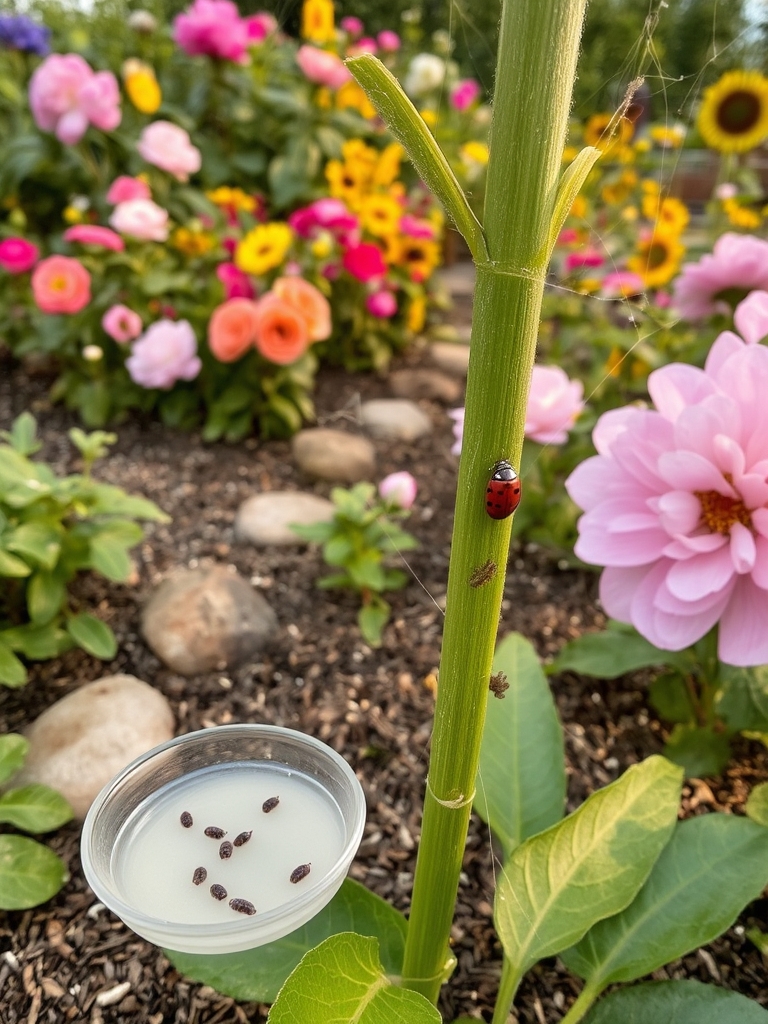
Managing pests and diseases is vital in cut flower gardens to prevent damage and guarantee healthy blooms. Regularly inspect plants for signs of infestation or infection, and use organic or chemical controls as needed. Implement good garden hygiene, such as removing weeds and debris, to prevent the spread of disease and pests, promoting a thriving cut flower garden.
Harvesting Flowers at the Right Time for Maximum Freshness
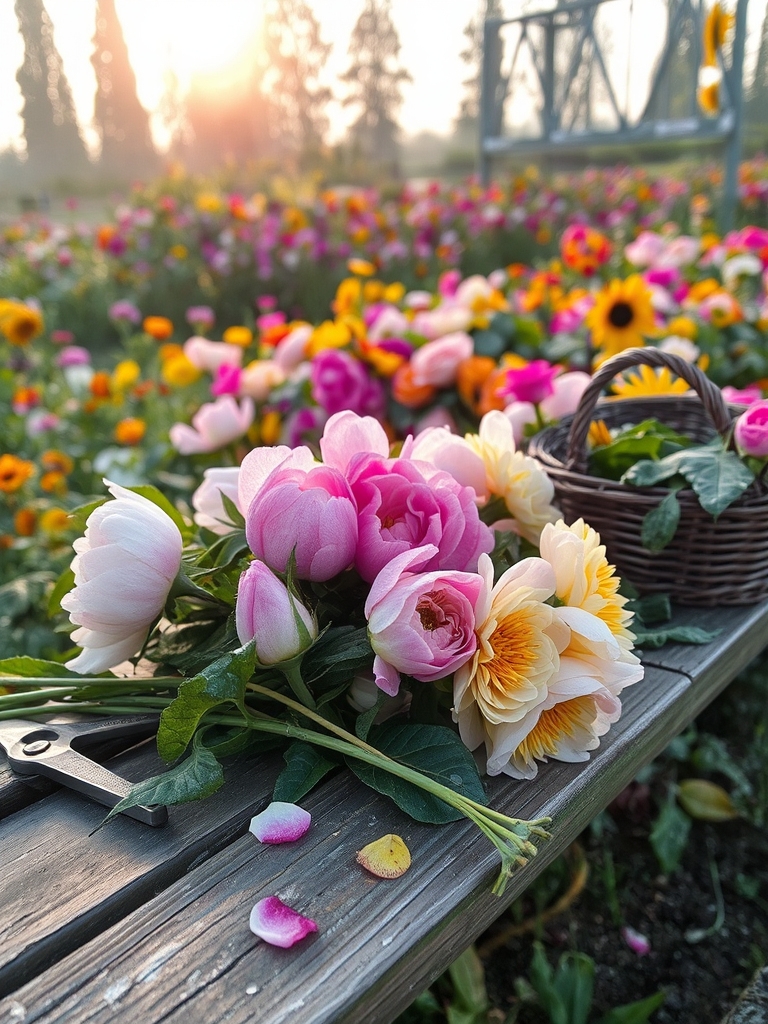
Harvesting flowers at the right time is essential for maximum freshness. Cut flowers in the early morning or late evening when dew is present, as this helps prevent water loss. For most varieties, snip stems when blooms are fully open or nearly so, taking care to leave enough stem and leaves to support regrowth.
Creating Beautiful Bouquets With Your Freshly Cut Flowers
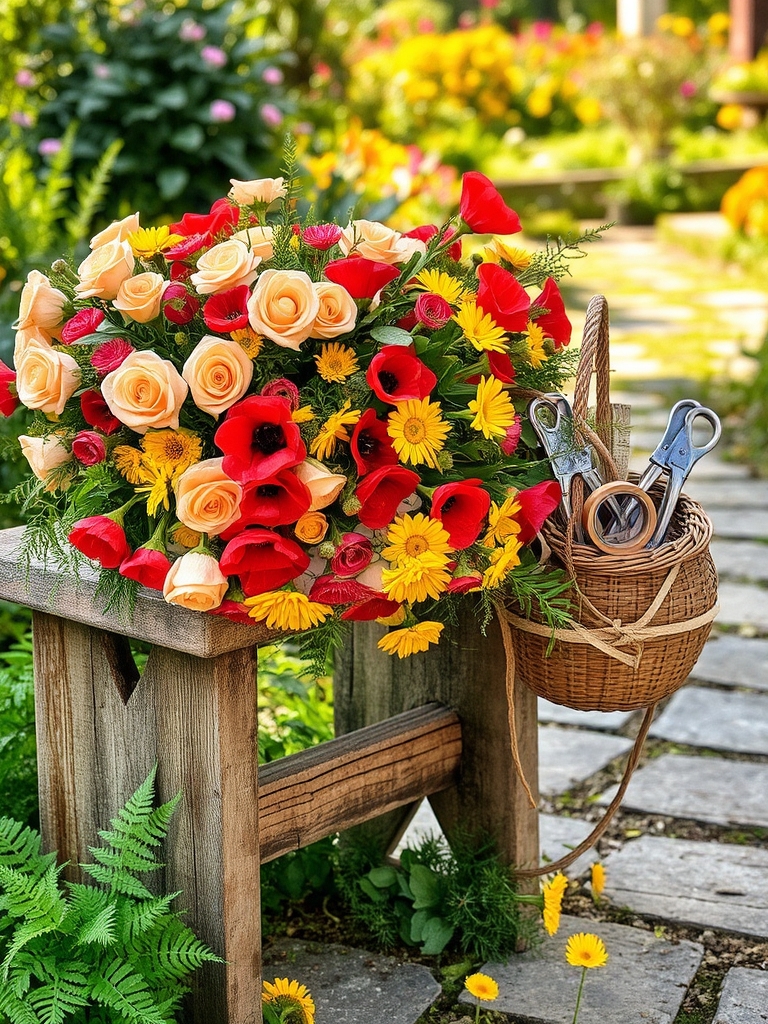
To create beautiful bouquets with your freshly cut flowers, consider combining complementary colors and textures. Select a variety of blooms in different shapes and sizes, and balance them with foliage and greenery. Experiment with different arrangements and styles to find the perfect blend for your cut flower bouquet. This will add visual interest and depth.
Conclusion
You’d think growing a cut flower garden would be a chore, but it’s actually a breeze. With these 16 tips, you’ll be enjoying endless bouquets in no time. It’s ironic that with so much variety and color, your biggest problem will be deciding which flowers to cut first – a good problem to have, right? Your garden will thrive, and so will your arrangements.
